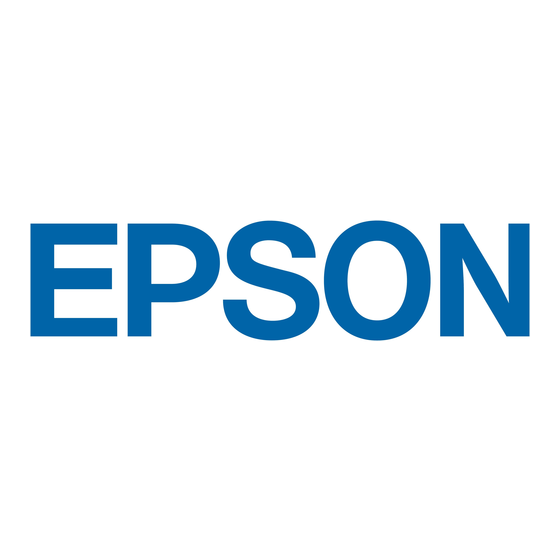Epson 7800p - PowerLite XGA LCD Projector Handleiding productinformatie - Pagina 5
Blader online of download pdf Handleiding productinformatie voor {categorie_naam} Epson 7800p - PowerLite XGA LCD Projector. Epson 7800p - PowerLite XGA LCD Projector 22 pagina's. Release of emp ns connection for windows & mac upgrade from v2.50 to v2.51
Ook voor Epson 7800p - PowerLite XGA LCD Projector: Gebruikershandleiding (42 pagina's), Bedieningshandleiding (36 pagina's), Snelle installatie (2 pagina's), Vervangende onderdelen (1 pagina's), Bedieningshandleiding (47 pagina's), Installatiehandleiding (5 pagina's), Specificatieblad (2 pagina's), Technisch overzicht (7 pagina's), Product ondersteunings bulletin (25 pagina's), Product ondersteunings bulletin (22 pagina's), Product ondersteunings bulletin (28 pagina's), Product ondersteunings bulletin (41 pagina's), Product ondersteunings bulletin (15 pagina's), Product ondersteunings bulletin (22 pagina's)

